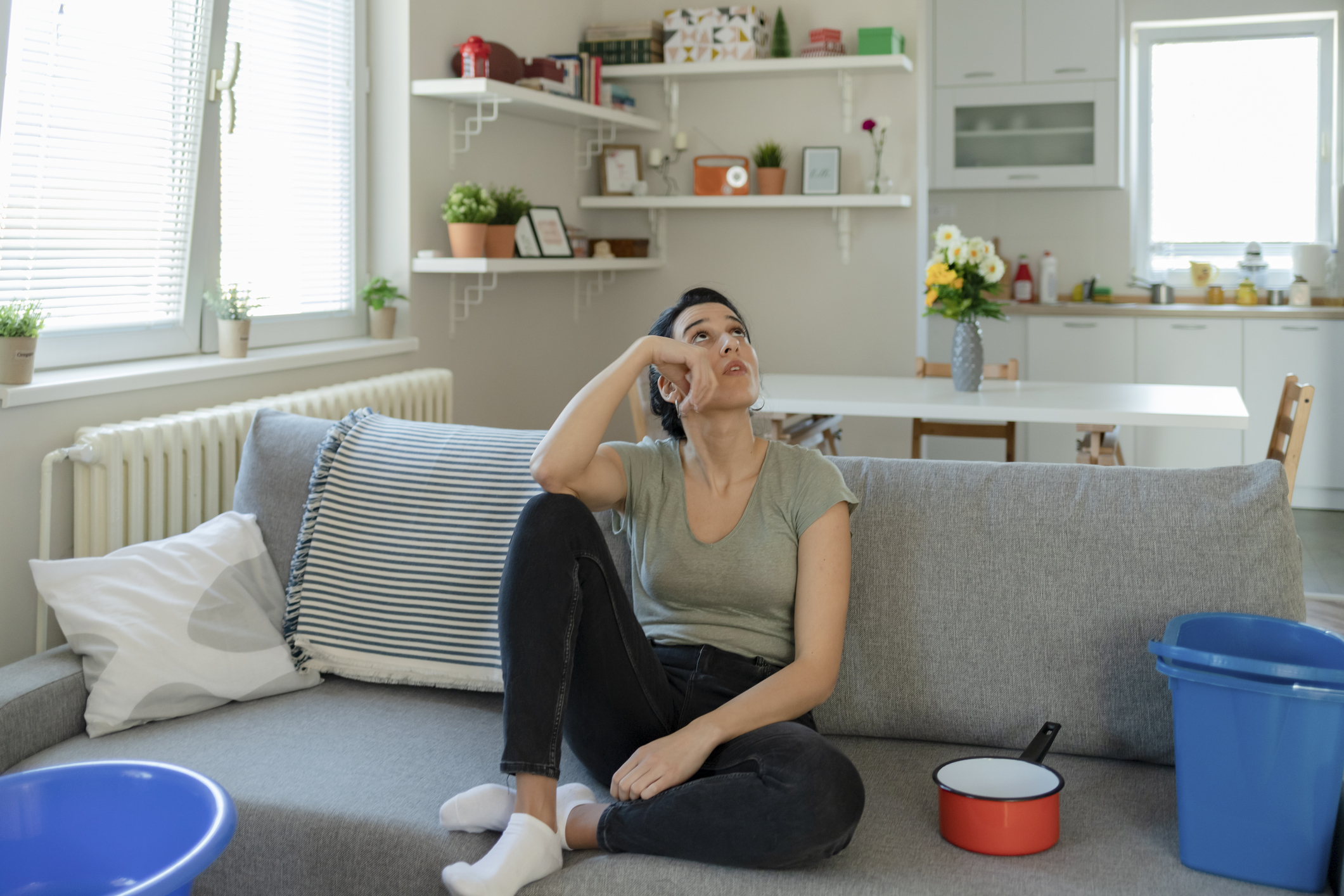In discussions about mold, it’s crucial to clarify that the term “black mold” is not an official designation used by experts in remediation or public health and safety. However, when people express concerns about “black mold” in buildings, they are usually referring to the stachybotrys chartarum species.
According to the CDC, stachybotrys chartarum appears as a greenish-black mold and tends to thrive on materials rich in cellulose, such as fiberboard, paper, and gypsum board. Its growth is prompted by excess moisture resulting from water damage, leaks, condensation, water infiltration, or flooding.
Mold requires consistent moisture for growth, which can be attributed to factors like high humidity levels (above 60%), poorly ventilated rooms, condensation on walls, or past water damage incidents in homes. Effectively addressing and removing black mold is crucial to contain the issue.
An additional point to consider is that black mold often manifests as green in color, making it challenging to identify. If unsure or concerned about the specific type of mold present, it’s advisable to seek assistance from a professional restoration company for accurate assessment and remediation.
Health impacts of black mold
Health experts hold varying opinions on the impact of black mold on your health. Stachybotrys chartarum is typically considered the type of mold most associated with health problems. The consensus among experts is that mold can adversely affect individuals who are allergic, have asthma, or are exposed to it over an extended period.
Common symptoms of mold exposure include coughing, postnasal drip, nasal congestion, sneezing, dry and scaly skin, and itchiness in the eyes, nose, or throat.
Black mold is often not visibly apparent until it has been established for nearly three weeks or more, often detected by a mildew-like odor. It is essential to completely remove black mold to prevent it from contributing to health issues, both presently and in the future.
The challenges with removing black mold
When addressing any kind of mold, when you disturb the spores, they can spread to other areas. If the spores spread into your HVAC system, they can lodge in other areas of your home. Even regular air filtration systems may not capture the mold spores.
Black mold removal from wood
Removing black mold from wood is a more difficult task due to how well wood absorbs water and how long it retains that moisture, creating an ideal environment for mold growth. One of the biggest issues is that the integrity of the wood and other materials could be compromised due to the length of time the materials have been wet. If you experience persistent mold, even in a small area, you should use a professional to remove black mold effectively.
When to call a professional service
The challenge with black mold lies in the uncertainty of the extent of the problem within your home. Black mold removal often requires addressing more than what meets the eye to ensure complete eradication. Consider the following scenarios:
Mold can develop inside your walls before becoming visible on drywall or other surfaces. What may seem like a musty odor issue could actually be a black mold problem. If you suspect mold growth, it’s advisable to contact a mold remediation company to conduct a thorough inspection.
Mold spores have the capability to move throughout your home, including infiltrating your HVAC system. If there’s a chance this has occurred in your home, seeking professional services is essential to clean the HVAC system and capture any mold spores that may be lodged within.
In instances where mold arises after a significant water damage event, whether from a burst pipe or weather-related issue, there might still be wet or damp materials in concealed or hard-to-reach areas. Building materials that haven’t completely dried can serve as ideal hosts for hidden mold growth, especially if the water damage involved contaminated water. Removing all the mold is not always a straightforward task and may require professional assistance.
1-800-WATER DAMAGE mold removal
The mold remediation specialists at 1-800 WATER DAMAGE of Rogers & Bentonville use advanced technology and specialized methods to stop mold growth and minimize the likelihood of recurring issues. Here is our process when called to investigate a homeowner or commercial black mold removal situation:
- Overview. Inspecting your property for mold and determining the extent of the damage.
- Plan. Developing a customized plan for mold remediation.
- Containment. Properly containing the impacted area to prevent cross-contamination.
- Removal. Removing mold damage and thoroughly cleaning the structure.
- Prevention. Taking preventative measures to limit the likelihood of future mold growth.
Our specialists are fully trained and equipped to handle all aspects of mold removal and remediation. We are always pursuing the latest techniques and education to ensure the safest practices for the benefit of our customers.
Contact us for more information on how we can address mold issues in your home or commercial property.



